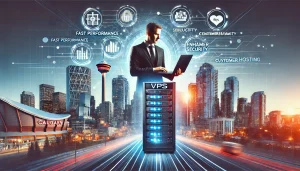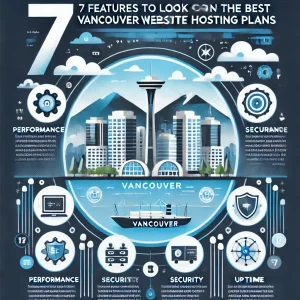
5G isn’t commonplace yet, but it’s not too far off from becoming that and we’re already starting to get sample tastes of what it’s capable of. And you likely know someone who already has a 5G smartphone and they’ve probably been all too keen to tell you how it’s so much superior. No doubt they are, but what’s really the big story around 5G is what it’s poised to make specific technologies – and apps among them – capable of. Then when the superior processing capabilities of edge computing are added to the mix we really start ‘cooking with gas’, as the expression goes.
A lot of people are probably currently just as satisfied as can be with apps as it is. Unless you’re a really digitally discerning person you are probably quite fine with what your apps are able to do for you now. If we could fast forward 5 years, however, you’d probably be looking back at your current apps and their capabilities and describing them as totally underwhelming. Here at 4GoodHosting we’re like any good Canadian web hosting service provider in that we can relate to all of this a little more readily than most, and that’s only because the nature of our work puts all of this a lot more on the radar.
So if Edge Computing and 5G are poised to be the perfect dynamic duo that’s going to power web applications to new heights, it makes sense that we dig a lot deeper into this interesting topic.
The Basics
5G promises the ultra low latency and high capacity required to make data-intensive applications work more effectively. That equation starts with blazing fast speeds – 5G enables data traveling from a device to a cell tower and back in just 3 milliseconds. 4G needs 12-15 milliseconds to do that. This is huge for advanced applications. Autonomous vehicles (self-driving cars) are one of the best examples of how 5G’s speed and low latency is opening us up to a whole new world of very life- and society improving technologies. Medical professionals using 5G to get and provide instant diagnoses of patients is another potentially huge development people are excited for.
Current Network Shortcomings
All of the potential of 5G is only going to go as far as the networks that support it though. As has been the case with all cutting edge technologies that have arrived before it, 5G’s arrival into the mainstream has been staggered. Network coverage for it isn’t widespread or common yet, and businesses and developers adopting it are still going through necessary experimentation with it.
What’s holding that back is data. 5G supported applications and services produce a vast amount of data, and as 5G adoption becomes more widespread the data demands for that are growing. The issue is that all the cleaned pipes that transmit the data to and from the cloud and physical data centers don’t have the size or capacity to handle it and keep it moving at sufficiently fast speeds.
After all, part of what 5G is hanging its hat on is ultra-low latency and that has everything to do with what’s called the ‘last hop’. That’s a term given to the transfer from the cell tower to the endpoint device itself. Data being sent from the cell tower to a central cloud data center can still take up to 500 milliseconds, and that’s only to the halfway point before it has to come back.
Long and short here is that as of now the 5G experience can still be far too slow for many people’s liking. But of course that is going to change, and the only question is how soon will it get up to speed to a level that consumers will deem acceptable.
Adding the Edge
Definitions for edge computing will vary, but a safe one is that it’s an architecture characterized by a distributed cloud architecture made up of local micro data centers. Instead of structuring networks around a core with data being continually sent for processing and analysis, edge networks take datan and process it within micro data centers at the ‘edge’ of the network.
What this results in is much less of a need to send data back and forth to a centralized server or cloud, working out to less bandwidth usage and much less latency. In this way it’s key to enhancing the speed and response of the ‘last hop’ we talked about above. In this way edge computing is every integral to 5G’s processing power being experienced the way it’s intended to be.
In comparison to 5G too edge computing is already well established. Look no further than well know initiatives like SyncThink, Molo17 and Doddle. SyncThink in particular is getting a lot of hype these days, with its ability to allow medical professionals to carry out near-instant and entirely accurate injury assessments, even in challenging diagnoses environments.
Good One Way, Good the Other
Edge computing is already fully implemented in the mainstream, and that gives reason to believe that 5G’s widespread adoption is not far behind. And not just because the two enable each other so well. Edge computing enables more organizations to begin experimenting with 5G, and 5G then makes it possible for organizations to get more out of their existing edge deployments.
What this likely will mean for the laypeople like you and I is many new classes of applications with unparalleled resilience, speed, security, and efficiency. That has to sound mighty good to you, and no matter where the bulk of your interest is based in when it comes to taking advantage of digital connectivity to improve your life.











